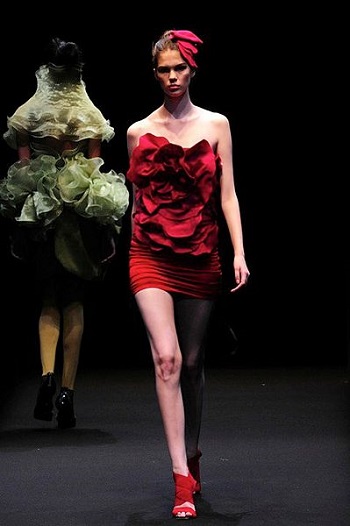Hackers can glean a significant amount of location data from smartphones, only to sell it to others.
According to recent data released by privacy campaigners in the United Kingdom, it is possible for hackers to access British mobile technology devices such as smartphones, including data that would reveal the user’s physical location as well as his or her movements throughout the day.
That information can then be sold to someone who intends to use it for criminal purposes.
Mobile technology wireless hotspot and phone operators are continually gathering detailed data with regards to the movements of device owners as they go about their everyday lives. This, according to the results of two individual investigations into the retention of mobile data. Now, people are being cautioned that if this information is ever hacked by a criminal, it could reveal a significant amount about a person’s daily activities and movements, which can include very personal details and could put these individuals at risk.
Reports on the matter have pointed out that many people have unwittingly signed up their mobile technology devices.
 The privacy campaigners have said that many people don’t even realize that they have subscribed to having their location tracked all day and night, every day. They also don’t realize how sensitive this information can actually be as it can provide a great deal of insight into their regular routines. This can – and is – sold for profit. From legitimate sources, this data is sold in order to be analyzed for the purpose of mobile marketing and other similar reasons.
The privacy campaigners have said that many people don’t even realize that they have subscribed to having their location tracked all day and night, every day. They also don’t realize how sensitive this information can actually be as it can provide a great deal of insight into their regular routines. This can – and is – sold for profit. From legitimate sources, this data is sold in order to be analyzed for the purpose of mobile marketing and other similar reasons.
However, in the wrong hands, this detailed information can make it possible for criminals to target kids when they leave their homes or school, or they can blackmail adults who would rather not have their regular habits publicly known. This is especially troubling when considering that it also includes information that can reveal an individual’s gender, religion, sexual orientation, and a great deal more.
Krowdthink founder, Geoff Revill, explained that “Effectively consumers are opting in to being location tracked by default.” Krowdthink is a privacy campaign group which conducted one of the two widespread investigations into this data collection.

 The various options from the wearable technology allowed wearers to change the appearance of their clothing based on what they wanted or could even allow the clothing to respond to their mood by reading their brainwaves and offering a reflection of that mood through fashion expression.
The various options from the wearable technology allowed wearers to change the appearance of their clothing based on what they wanted or could even allow the clothing to respond to their mood by reading their brainwaves and offering a reflection of that mood through fashion expression.